Cooking for the first time can be intimidating. There are so many rules, tips, and techniques that experienced cooks take for granted. One common mistake that beginners make is washing vegetables with soap, believing that it will make the food cleaner. However, this is not only unnecessary but can also be harmful.
Why Would Someone Wash Vegetables with Soap?

If you’ve never cooked before, you might assume that soap is the best way to remove dirt and bacteria from vegetables. After all, soap is used to clean dishes, hands, and surfaces—so why not food? While this logic seems reasonable, it’s actually a big misconception.
Many beginners want to ensure that their produce is as clean as possible, especially with concerns about pesticides, bacteria, and dirt. However, using soap is an unnecessary step that can do more harm than good.
The Hidden Dangers of Washing Vegetables with Soap
Washing vegetables with soap might sound harmless, but it can lead to several problems:
1. Soap is Not Meant for Consumption
Household dish soap and hand soap contain chemicals and detergents that are not meant to be ingested. Even if you rinse thoroughly, soap residues can remain on the vegetables, leading to stomach discomfort or digestive issues when consumed.
2. It Can Alter the Taste of Your Food
Have you ever accidentally gotten soap in your mouth? That bitter, unpleasant taste can transfer to your food if you wash your vegetables with soap. This can completely ruin the flavor of your dishes.
3. Soap Can Strip Away Natural Protective Layers
Many vegetables and fruits have a natural protective coating that helps keep moisture in and bacteria out. Washing them with soap can strip away these natural defenses, causing them to spoil faster.
4. Risk of Chemical Ingestion
Some soaps contain harmful chemicals that can be dangerous if ingested, even in small amounts. This is why food-grade cleaning solutions exist for commercial use, but for home cooking, they are unnecessary.
What is the Proper Way to Wash Vegetables?
Now that we know why using soap is a bad idea, let’s talk about the correct way to clean your vegetables:
1. Rinse with Cold Water
The best and easiest way to clean produce is by rinsing it under running cold water. This helps remove dirt, bacteria, and pesticide residues without the need for soap or chemicals.
2. Use a Vegetable Brush for Tough Skins

For produce with thicker skins like potatoes, carrots, and cucumbers, using a vegetable brush can help scrub away dirt more effectively.
3. Soak in Vinegar or Baking Soda Water (Optional)
If you’re extra cautious, soaking vegetables in a solution of vinegar and water (1 part vinegar to 3 parts water) for a few minutes can help remove more bacteria and pesticide residue. Baking soda water is another great alternative.
4. Peel When Necessary
If you’re concerned about contaminants, peeling vegetables like carrots, cucumbers, or apples can help remove pesticide residues and dirt.
5. Dry Properly
After washing, pat your vegetables dry with a clean towel or let them air dry. This helps prevent bacterial growth and keeps them fresh longer.
Common Misconceptions About Cleaning Vegetables

There are plenty of myths about washing vegetables, and it’s important to separate fact from fiction:
- “Hot water kills bacteria faster.” – While hot water can kill bacteria, it can also cause vegetables to wilt or lose nutrients. Stick with cold water.
- “Soap removes pesticides better than water.” – Water alone does a great job of removing most pesticide residues, especially if you scrub or soak the produce.
- “You need special fruit and vegetable washes.” – While commercial produce washes exist, studies show they’re not significantly more effective than plain water.
Final Thoughts
Washing vegetables is an essential step in cooking, but using soap is a rookie mistake that should be avoided. Soap isn’t designed for consumption, and it can leave harmful residues on your food. Instead, stick to cold water, gentle scrubbing, and natural cleaning solutions like vinegar or baking soda.
Cooking is a learning process, and mistakes happen. But now that you know why soap and veggies don’t mix, you’re one step closer to becoming a kitchen pro. Happy cooking!
Minha nora estragou minhas tão esperadas férias — eu lhe dei uma lição de respeito

Eu pensava que era uma boa sogra e avó ao me disponibilizar para meu filho e minha nora (DIL) quando eles precisavam. Mas logo percebi que estava levando a pior quando minha DIL me desrespeitou. Eu tive que tomar as coisas em minhas próprias mãos para remediar a situação de uma vez por todas!

Uma mulher exausta sentada em frente ao computador enquanto seus filhos brincam ao fundo | Fonte: Pexels
Minha história é sobre aprender a estabelecer limites, se defender e exigir o respeito que você merece. Talvez também seja um pouco sobre internalizar as expectativas sociais. Então, finalmente, depois de dois anos trabalhando duro enquanto cuidava dos meus netos por três horas diárias, eu estava livre por um tempo!
Quando não estava trabalhando e cuidando de crianças, eu passava um tempo sofrendo de dores nas costas e problemas nas articulações. Eu estava exausta e completamente esgotada, então reservei um tempo para mim. Eu estava pronta para tirar minhas merecidas e necessárias férias!

Uma mulher sentada com um laptop | Fonte: Pexels
Eu tinha falado com meu filho, George, e minha nora (DIL), Sarah, bem antes do tempo sobre meus planos. “Queridos, vocês vão precisar fazer planos de babá para as próximas semanas”, eu disse a eles. “O que você quer dizer? Onde você vai estar”, Sarah perguntou, me irritando sem querer.
Agora, não me entenda mal, ela não estava me irritando porque eu era uma sogra má (MIL) que a odiava. Mas por causa da pergunta egoísta dela. Parecia que esperavam que eu estivesse sempre por perto. “Vou tirar férias nas Bahamas. Já comprei as passagens e reservei um hotel adorável.”

Uma mulher mais velha conversando com um jovem casal | Fonte: Pexels
Meu filho e minha nora trocaram olhares surpresos antes de me encararem como se eu tivesse crescido uma segunda cabeça. “Isso é tão diferente de você, mãe. Com quem você vai?” Revirei os olhos para a resposta de George. Ele de alguma forma se esqueceu de que, antes de ter filhos, eu viajava de jet set a cada poucos meses!
“Isso não é verdade, meu amor. Eu costumava viajar o tempo todo quando meu tempo era meu”, respondi um pouco irritada. Eu não conseguia acreditar o quão sem noção ele tinha se tornado quando se tratava da minha vida. “Bem, onde vamos conseguir alguém para cuidar das crianças de graça todos os dias?”

Uma mulher mais velha conversando com um jovem casal | Fonte: Pexels
Percebi naquele momento que tinha estragado esses dois. “Seus pais são um começo, Sarah. Marque encontros para brincar com os filhos dos seus amigos ou algo assim, não sei”, eu disse frustrada. Por que eu era a única que tinha que descobrir o que ELES faziam com os próprios filhos?
Percebi o quanto eu os tinha tornado dependentes de mim. Não era minha intenção, acho que levei o papel de Gam-Gam um pouco longe demais, e eu amava tanto meus pequenos munchkins! Eles me deram tanto para viver. Mas eu estava cansado e precisava de uma pausa.
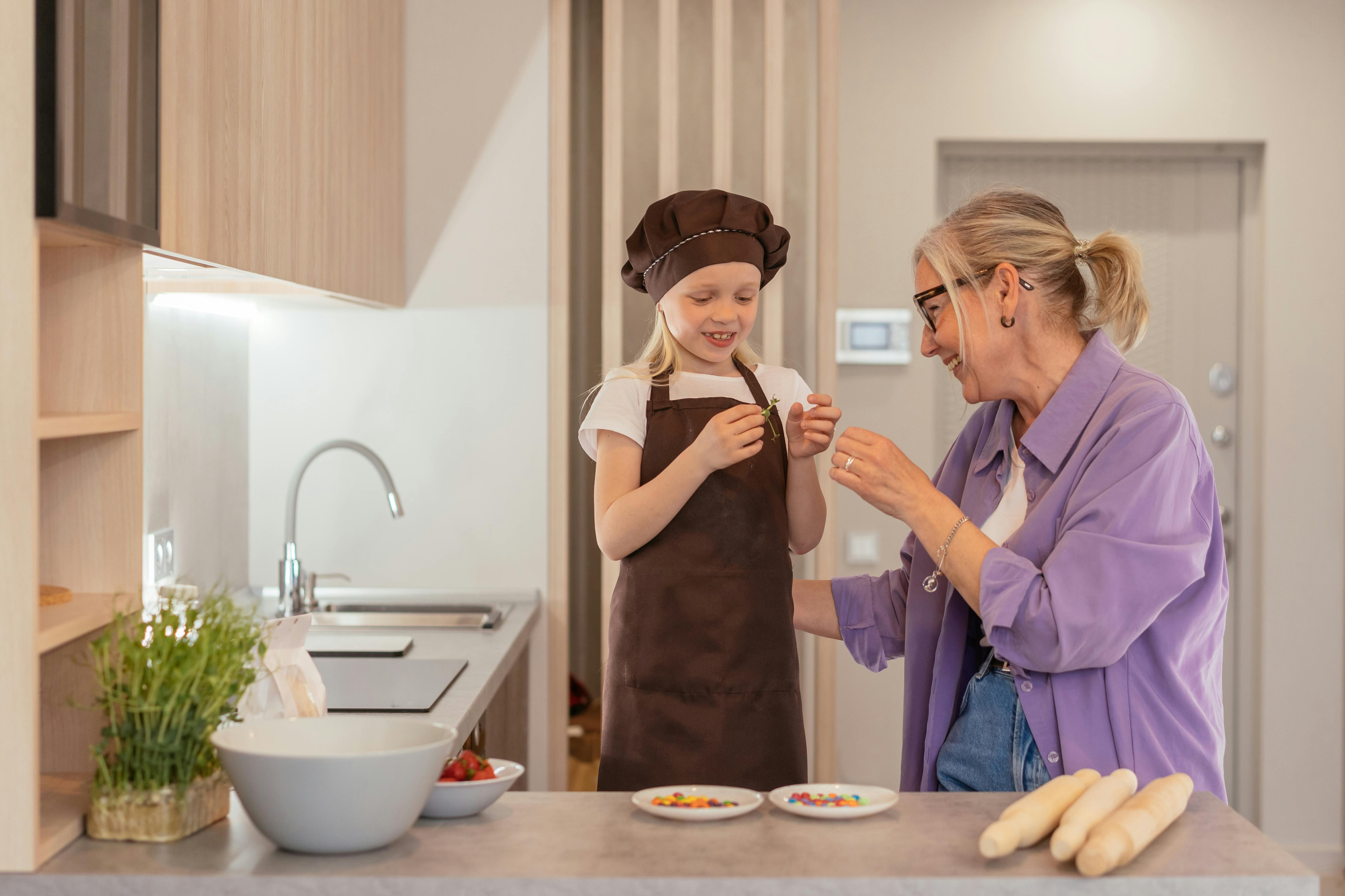
Uma mulher feliz na cozinha com seu neto | Fonte: Pexels
Sem esperar pela resposta deles, que eu esperava que me deixasse bravo, me virei para ir embora. “Vou mandar os detalhes de quando eu vou embora, onde vou ficar e quando vou voltar. Tchau!” Eu os ouvi caindo uns sobre os outros enquanto tentavam acompanhar meu passo rápido.
Eles estavam LITERALMENTE tentando fazer com que EU dissesse a ELES o que fazer com seus filhos! Mas eu não estava nem aí e rapidamente fechei a porta antes de correr para o meu carro e ir embora. Sim, eu senti como se estivesse escapando e fugindo das minhas responsabilidades e eu ODIAVA essa sensação!

Uma mulher dirigindo | Fonte: Pexels
Quando cheguei em casa, minha DIL tinha deixado várias mensagens de voz que eu não tinha intenção de ouvir. Minha terapeuta foi quem me fez perceber que eu estava sobrecarregada e precisava de um tempo de folga. Eu estava alheia a isso enquanto continuava me esticando até meus limites.
Ela, minha terapeuta, enfiou na minha cabeça que eu estava compensando demais ao tentar ser a melhor sogra e avó enquanto me perdia. Eu cumpri minha promessa e enviei a George e Sarah todos os detalhes das minhas viagens como cortesia.
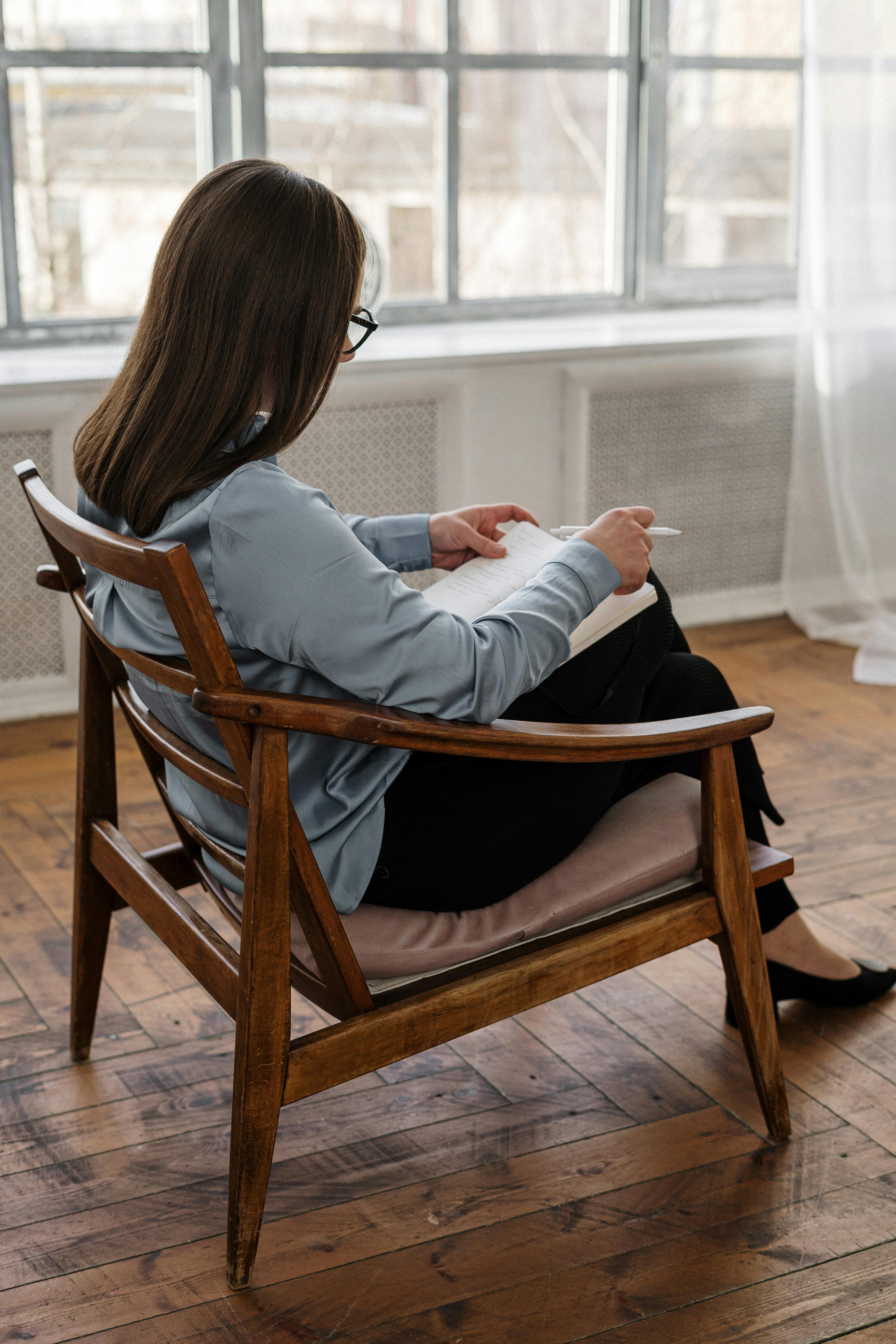
Um terapeuta tomando notas enquanto fala com um cliente | Fonte: Pexels
As próximas semanas foram preenchidas com Sarah tentando me convencer a ir embora com as crianças. Quando ela não estava tentando fazer isso, ela tentava me fazer ficar e não ir embora. “Eu preciso fazer isso por MIM, Sarah. Você não vai entender”, expliquei, tentando tirá-la do meu pé.
Se minha nora não fosse a que estava me importunando, meu filho entrou na jogada. Mas com as palavras do meu terapeuta tocando na minha cabeça, “Fique firme. Você está fazendo isso pelo SEU bem-estar”, eu permaneci resoluta na minha decisão.

Uma mulher mais jovem negociando algo com uma mais velha | Fonte: Pexels
Quando o dia fatídico chegou, anunciei minha partida ao meu filho e fui embora. Por dois dias gloriosos de férias, não tive nada além de massagens, longas caminhadas na praia, bebi piña coladas e aproveitei o pôr do sol!
No terceiro dia, meu humor estragou quando, de repente, recebi uma mensagem perturbadora da minha DIL. “George está em viagem de negócios, meus pais têm reparos na casa e eu estou indo para o MEU retiro”, começou a mensagem dela.

Mulher de aparência infeliz olhando para o telefone | Fonte: Pexels
“E sabe de uma coisa? É nas Bahamas!! Não é incrível? Já estamos embarcando, preciso que você cuide das crianças!” Irritada é pouco para o que eu estava sentindo! Eu não conseguia entender, então os pais DELA têm reparos, e eu tenho férias, então posso tomar conta das crianças?!
Eu estava FURIOSO DEMAIS! Eu estava praticamente fervendo! Desta vez, eu me apoiei em minhas próprias faculdades e decidi lhe dar uma lição sobre respeito mútuo. Quando eles arremessaram, eu fui meu eu afetuoso de sempre com meus netos e os abracei e beijei.

Uma mulher criando laços com seus netos | Fonte: Pexels
Então passei uma hora me conectando com o casal enquanto Sarah resmungava sobre como ELA tinha que MEDITAR amanhã. Mas no dia seguinte, recebi uma ligação irritada dela. “O QUE DIABOS ESTÁ ACONTECENDO? ONDE VOCÊ ESTÁ?!” ela teve a coragem de exigir.
Toda calma e relaxada, como eu esperava esse tipo de resposta, respondi: “Estou no spa, fazendo uma massagem. Por que você pergunta?” Parecendo mais frustrada, minha DIL respondeu: “Por que você não atendeu o telefone?!”
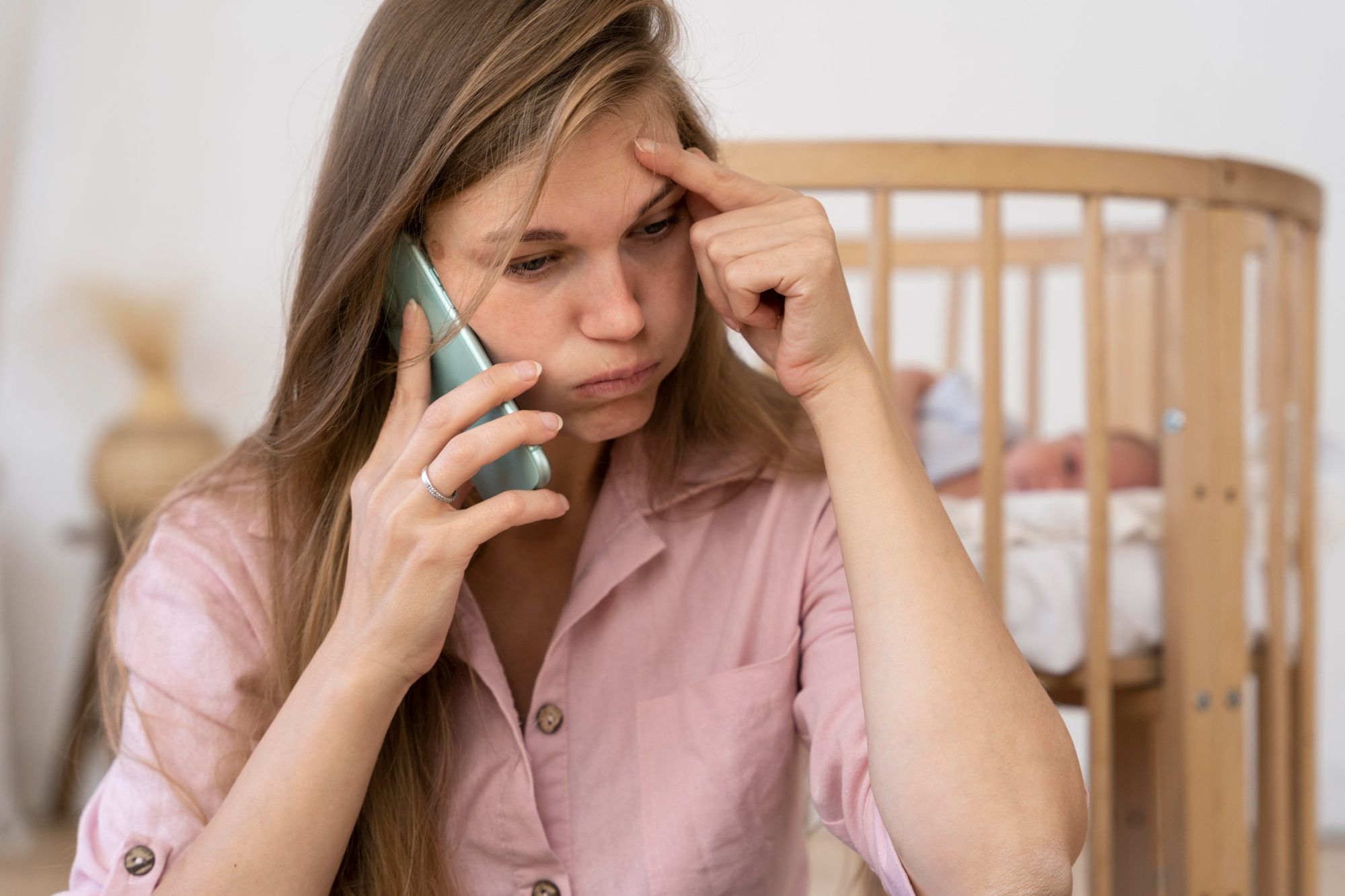
Uma mulher frustrada falando ao telefone com seu bebê deitado em um berço atrás dela | Fonte: Freepik
“As crianças estão ME deixando louca, e eu preciso de um tempo!” Eu finalmente cansei das bobagens dela e respirei fundo antes de responder. “Eu ouço você falando sobre o que VOCÊ precisa e quer, mas você já ME perguntou quais são meus planos?”
“Já ocorreu a VOCÊ descobrir se EU QUERO ser babá durante MINHAS férias e tempo fora?” Eu a ouvi suspirar enquanto ela tentava interromper com todo respeito dessa vez, dizendo, “Sra. Thomas, eu…” Mas eu a interrompi e continuei meu discurso.

Uma mulher frustrada falando ao telefone | Fonte: Pexels
“Você sabe o que estou fazendo aqui, hein? Você ao menos SE IMPORTA?” Minha voz subiu um pouco. “Você recebe o que merece, Sarah. E talvez seja hora de VOCÊ e George aprenderem uma lição sobre respeito!”
Minha DIL ficou atordoada em silêncio. Ela percebeu pela primeira vez em dois anos a profundidade de sua imposição. Sua voz suavizou enquanto ela gaguejava, “Eu… eu não pensei… eu apenas presumi…”

Uma mulher falando ao telefone em um banheiro | Fonte: Pexels
Eu não tinha terminado com ela quando respondi: “Esse é exatamente o problema que temos, você assumiu e CONTINUA assumindo. Eu amo meus netos, mas também PRECISO do meu próprio tempo.”
“Estas eram as MINHAS férias. Está na hora de eu tirar férias para poder me recuperar e ter um pouco de autocuidado.” Eu podia ouvir no silêncio do outro lado que Sarah estava se sentindo culpada. Ela estava FINALMENTE entendendo de onde eu estava vindo.

Uma mulher chateada falando ao telefone | Fonte: Freepik
“Eu dei a você e Georgie dois longos anos do meu amor e dedicação.” Eu compartilhei como eu me esforcei porque eu queria ser uma boa sogra e avó. Eu também queria estar lá para eles enquanto eles faziam a transição para a paternidade.
Mas então eu fui longe demais, pois eles continuaram exigindo mais e mais do meu tempo. Confessei à minha DIL que comecei a me sentir esgotada. No entanto, como eu não tinha sentido esse sentimento antes, não percebi o que estava acontecendo comigo.

Uma mulher frustrada falando ao telefone | Fonte: Freepik
Uma amiga em quem confiei sugeriu que eu fosse ao terapeuta dela. Foi quando finalmente percebi que eu estava me esgotando. Fiquei bem chateada quando terminei meu discurso dizendo: “Da próxima vez, respeite MEUS planos e pergunte, não presuma que estou aqui para servir à sua conveniência!”
Sarah pausou por um longo tempo do outro lado da linha e eu estava prestes a dizer algo quando ela finalmente suspirou. Parecia que ela finalmente entendeu o peso das minhas palavras e de onde eu estava vindo.

Conversa de duas mulheres | Fonte: Pexels
“Você está certa. Sinto muito. Eu deveria ter perguntado. Vou fazer outros arranjos”, minha DIL respondeu, parecendo derrotada. Não vou mentir, senti uma ponta de arrependimento pela forma como abordei as coisas, mas decidi que era algo que tinha que ser feito.
Afinal, como dizem, as pessoas tratam do jeito que você as ensina. Agradeci a ela pela compreensão. “Agora, vou aproveitar o resto das minhas férias. Sugiro que você encontre uma maneira de aproveitar as suas também, sem depender de mim.”

Uma mulher brincando com seus filhos | Fonte: Pexels
Não esperei por uma resposta antes de desligar e senti a onda mais serena de satisfação! Eu tinha me defendido e estabelecido limites que ensinaram à minha DIL uma valiosa lição de vida! Voltei feliz para minha massagem, contente por não ser mais perturbada.
Senti o estresse derreter do meu corpo enquanto a massagista amassava nós antigos que se acumularam ao longo dos anos. Fiquei feliz em saber que tinha conseguido recuperar meu merecido descanso.
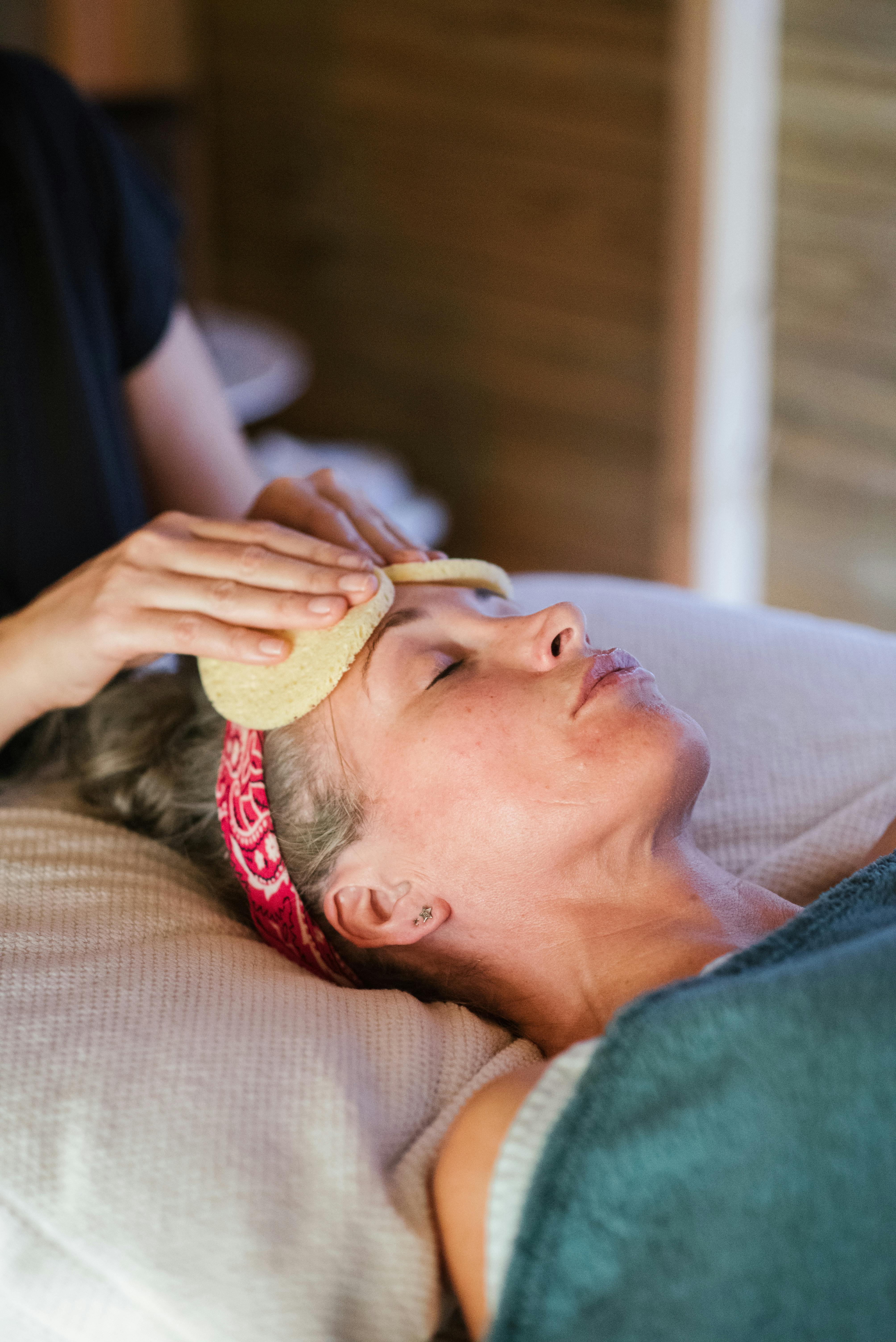
Uma mulher relaxada recebendo uma massagem | Fonte: Pexels
Infelizmente, a Sra. Thomas não é a única pessoa que teve que tomar medidas para ensinar lições importantes às pessoas. A mãe de Mark continuou importunando sua esposa grávida a ponto de a mulher mais jovem ter que ir embora. Não querendo que sua mãe deixasse passar seu erro, Mark encontrou uma maneira inteligente de ensinar aos pais sobre respeito e limites.
Este trabalho é inspirado em eventos e pessoas reais, mas foi ficcionalizado para fins criativos. Nomes, personagens e detalhes foram alterados para proteger a privacidade e melhorar a narrativa. Qualquer semelhança com pessoas reais, vivas ou mortas, ou eventos reais é mera coincidência e não intencional do autor.
O autor e a editora não fazem nenhuma reivindicação quanto à precisão dos eventos ou à representação dos personagens e não são responsáveis por nenhuma interpretação errônea. Esta história é fornecida “como está”, e quaisquer opiniões expressas são as dos personagens e não refletem as opiniões do autor ou da editora.


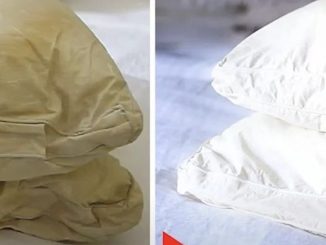
Leave a Reply